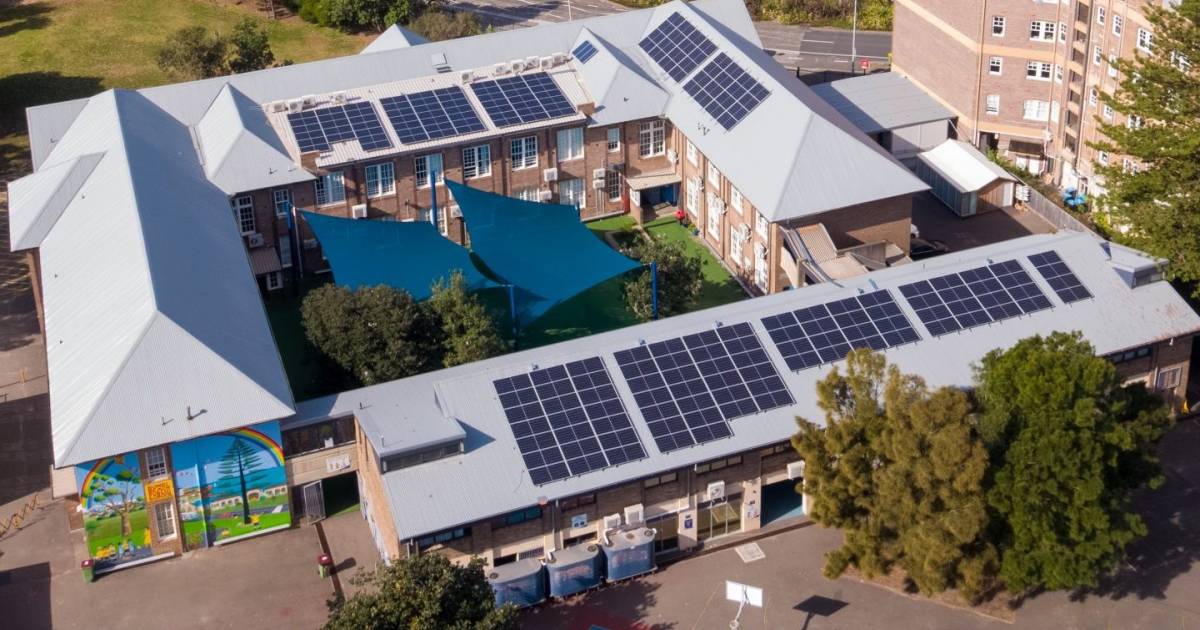As India accelerates its transition toward renewable energy, solar panels are emerging as a lucrative and sustainable investment for households and businesses alike. Beyond environmental benefits, understanding the Return on Investment (ROI) is crucial to making informed decisions.
Calculating ROI for Solar Panels:
ROI from solar panels is determined by comparing the total savings on electricity bills against the installation and maintenance costs. With solar power, homeowners can generate their own electricity, drastically reducing reliance on conventional grid power. In India, the average payback period for residential solar rooftops ranges between 4 to 7 years, depending on system size, location, and solar efficiency.
Factors Influencing ROI:
Several factors impact ROI, including:
1. System Size & Capacity: Larger installations typically provide higher savings.
2. Sunlight Availability: Regions with high solar insolation, such as Rajasthan and Gujarat, yield faster returns.
3. Government Incentives: Subsidies and net metering policies can significantly shorten payback periods.
4. Electricity Tariffs: Higher local electricity costs increase savings from solar energy.
Long-Term Benefits:
After recovering the initial investment, solar panel owners enjoy free electricity for 20–25 years, ensuring substantial long-term financial gains. Additionally, solar energy reduces carbon footprint, enhances energy independence, and increases property value, making it a smart and sustainable choice.
Investing in solar panels in India offers a compelling ROI, combining cost savings with environmental responsibility. With declining installation costs, supportive government policies, and increasing electricity prices, solar energy is not just a green initiative, it is a financially wise investment for the future.




